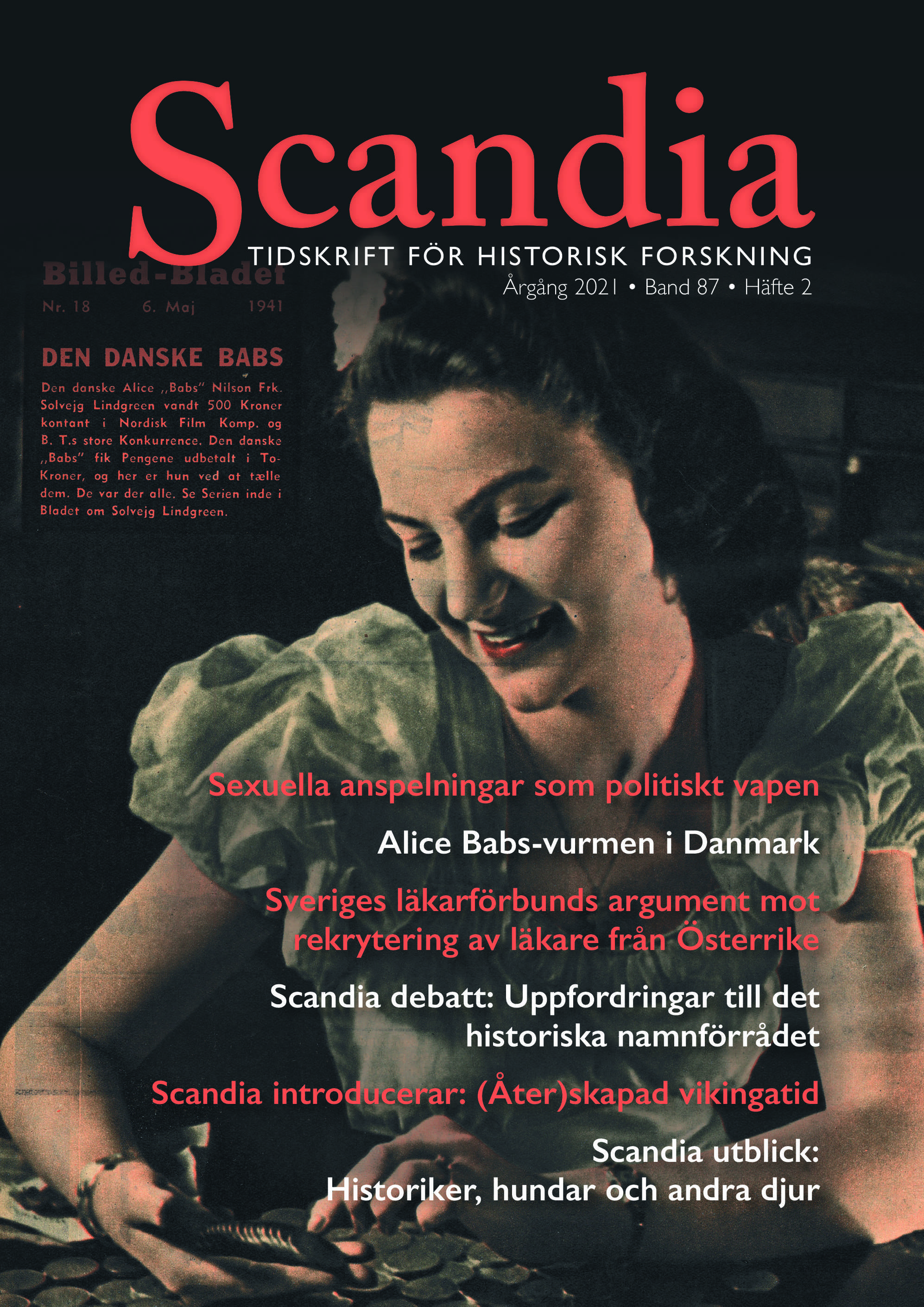Sexual Slander as Political Weapon: Ericus Olai’s Representation of King Magnus Eriksson’s “Abominable” Way of Life
DOI:
https://doi.org/10.47868/scandia.v87i2.23695Keywords:
sin against nature, wrath of God, excess, lust, effeminacyAbstract
Research on the use of allusions to scandalous sexual practices and desires as a political weapon has thus far only been carried out on a limited scale in Swedish Medieval and Early Modern political and cultural history. One exception is the 14th-century political campaign against King Magnus Eriksson (1316–1374). In a recent study, Swedish historian Henric Bagerius analyses the allegations afresh in light of the sodomite as a cultural stereotype and “figure of thought”, which according to Bagerius inspired and structured
the accusations against Birgitta Birgersdotter (1303–1373) presented to the aristocrats in the council. In passing, Bagerius also mentions Ericus Olai’s († 1486) account of Magnus in Chronica Regnum Gothorum written a century later, which, however, has not been studied more thoroughly. The latter is the very aim of the present study as a follow up of Bagerius’s new perspective. As a result, it will be argued that Olai was guided not by a figure of the sodomite but by a more general cultural stereotype of pride and excessive lust as the prime mover of the king’s tyranny, treason, and escalating sins ending up in a most “abominable” vice. Furthermore, it will be argued that this figure of thought could be valid for the allegations concerning Birgitta as well, with sodomy serving as the possible culmination rather than implied starting point in her chain of allusions. The article ends with a contribution to the recent discussion on the status of Ericus Olai as mainly a compilator or chronicler with a more independent and inventive attitude toward his sources, followed by some remarks on the value of comparative studies across time and culture in this field of research.





